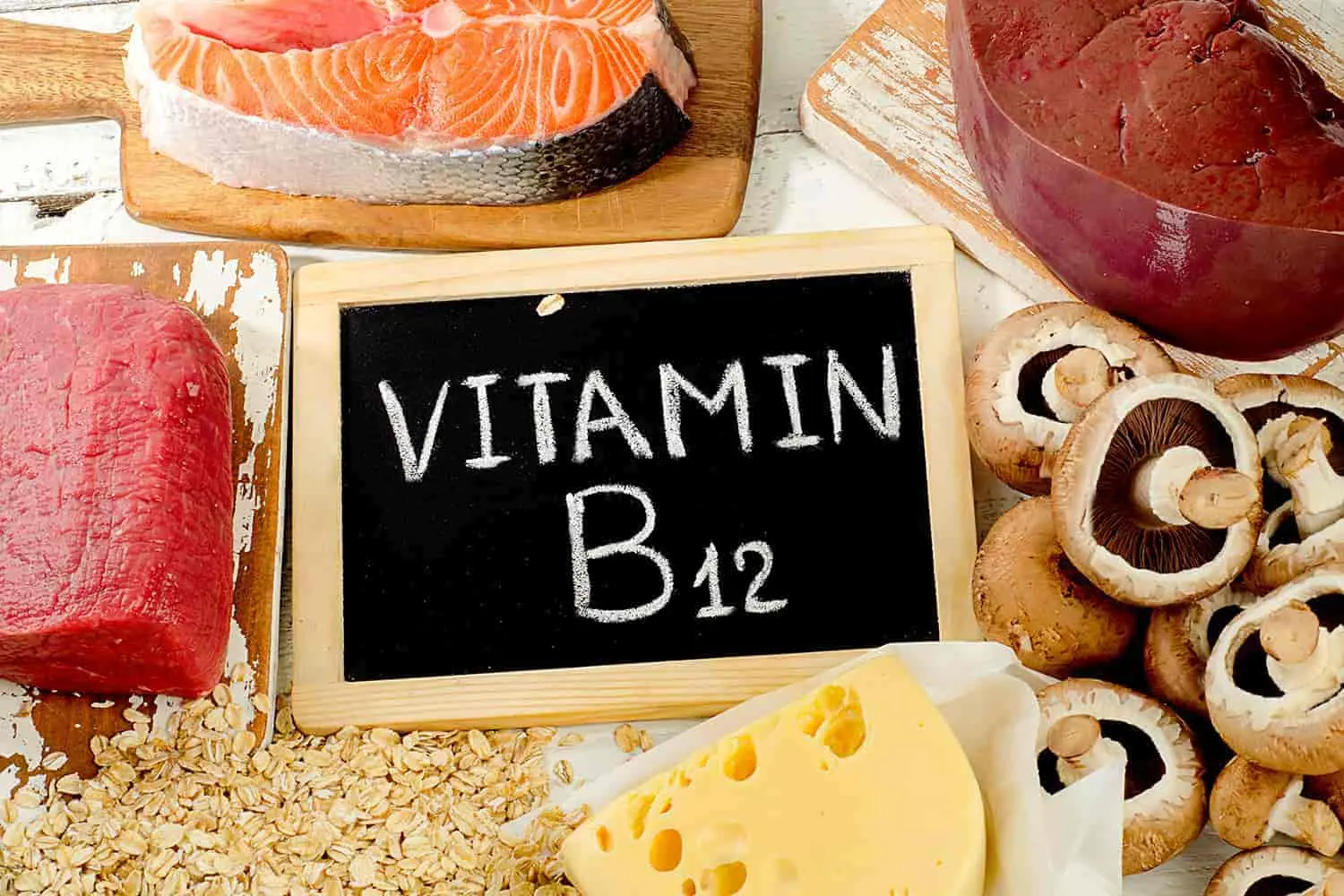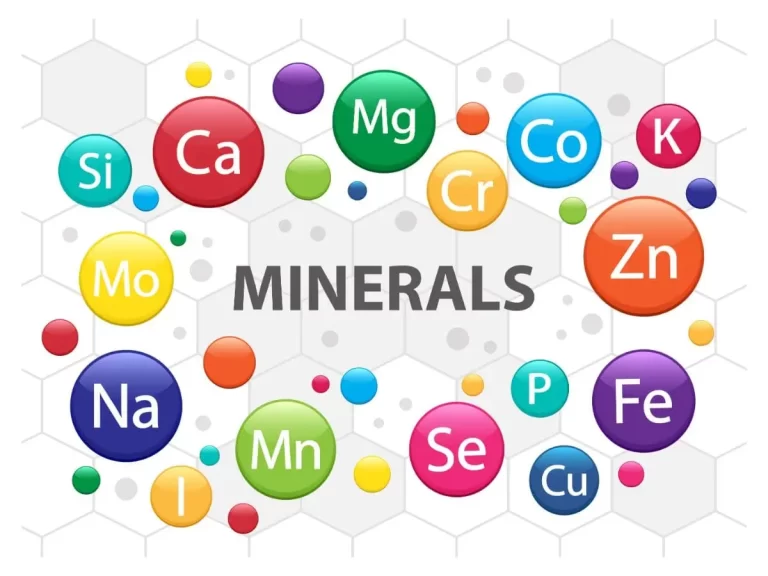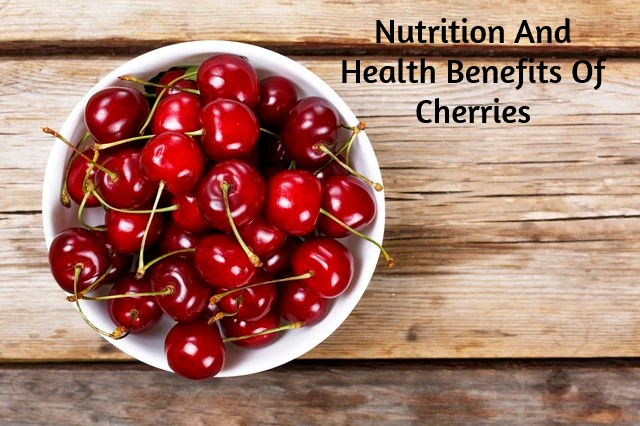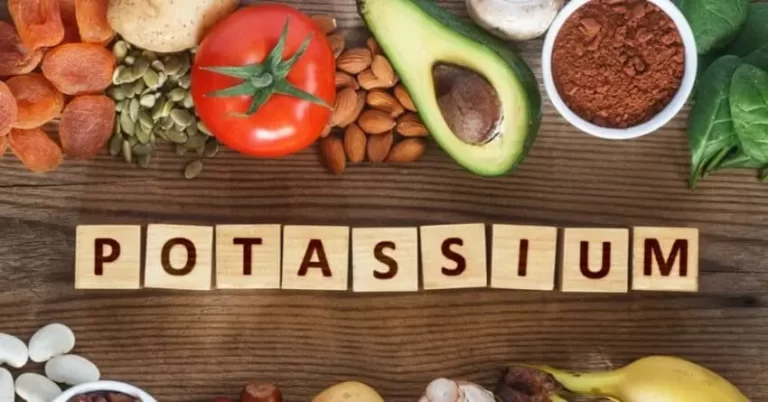Vitamin B12 (Cyanocobalamin)
Introduction
A kind of vitamin B12 called cyanocobalamin is used to treat and prevent vitamin B12 insufficiency, with the exception of situations in which cyanide toxicity is present.
The deficiency can be brought on by intestinal cancer, fish tapeworm, pernicious anemia, or after stomach surgery. It can be used topically, intramuscularly, or as a nasal spray.
In general, cyanocobalamin is well tolerated. Itching, upset stomach, diarrhea, and nausea are examples of minor adverse effects.
Anaphylaxis is one serious adverse effect that might occur, as can low blood potassium that causes heart failure. It is not advised to use in those with Leber’s illness or cobalt allergies.
There have been no reports of toxicity or overdose. Its somewhat decreased bioavailability makes it less desirable than hydroxocobalamin for treating vitamin B12 insufficiency.
Research has indicated that it possesses antihypertensive properties. Being an essential nutrient, vitamin B12 is needed for life but cannot be produced by the body.
In the 1940s, cyanocobalamin was first produced. It is sold over the counter and as a generic drug. With over 6 million prescriptions, it was the 105th most often prescribed drug in the US in 2020.
Medical Use
In order to ensure adequate serum levels of vitamin B12, cyanocobalamin is typically administered following surgical removal of part or all of the stomach or intestine.
It is also used to treat thyrotoxicosis, bleeding disorders, cancer, liver and kidney diseases, pernicious anemia, and vitamin B12 deficiency (caused by inadequate dietary intake or difficulty absorbing owing to hereditary or other causes).
Patients on gastric bypass who have had a portion of their small intestine bypassed are frequently prescribed cyanocobalamin injections.
which makes it more difficult for them to obtain vitamin B12 through food or supplements. To assess a person’s capacity to absorb vitamin B12, the Schilling test is also conducted using cyanocobalamin.
When intravenous hydroxycobalamin is used to treat cyanide poisoning, the body also produces cyanocobalamin, which is subsequently eliminated through the urine.
Side Effects
An allergic reaction such as hives, breathing difficulties, facial redness, swelling of the arms, hands, feet, ankles, or lower legs, intense thirst, and diarrhea are among the potential side effects of cyanocobalamin injection.
Headache, lightheadedness, leg pain, itching, or rash are examples of less serious adverse effects.
When megaloblastic anemia is treated with B vitamins, such as cyanocobalamin, in conjunction with a concurrent vitamin B12 shortage, there is a risk of hypokalemia because of enhanced erythropoiesis, or the creation of red blood cells, and subsequent potassium uptake by the cells when the anemia resolves.
Patients with Leber’s disease who receive cyanocobalamin treatment may experience severe ocular atrophy, which could result in blindness.
Chemistry
The “generic descriptor” name for all of the vitamin B12 vitamins is vitamin B12. Cyanocobalamin can be converted by any animal, including humans, into any of the active forms of vitamin B12.
Because cyanocobalamin is the most air-stable of the B12 forms, it is one of the most widely produced vitamins in the vitamin B12 family (the family of compounds that function as B12 when placed into the body).
After being created by bacterial fermentation, it is the easiest to purify and crystallize. It can be found as an amorphous red powder or as dark red crystals.
When cyanocobalamin is anhydrous, it is hygroscopic and only sporadically soluble in water. (1:80).
It can withstand brief autoclaving at 121 °C (250 °F). In light, the coenzymes of vitamin B12 become unstable.
To create the physiologically active forms, additional groups (adenosyl, methyl) replace the cyanide ligand after ingestion. The kidney transforms the cyanide into thiocyanate, which is then eliminated.
Chemical Reactions
Cobalt typically appears in the trivalent form, Co(III), in the cobalamin. The cobalt center, on the other hand, is reduced to Co(II) or even Co(I) under reducing circumstances.
These are typically represented as B12 and B12, for reduced and super reduced, respectively. Cyanocobalamin can be converted into B12 and B12 via controlled potential reduction, chemical reduction with zinc in acetic acid, sodium borohydride in alkaline solution, or thiol action.
Without oxygen, both B12 and B12 remain stable for an infinite amount of time. In solution, B12 appears orange-brown, whereas B12 appears purple in artificial light and bluish-green in natural daylight.
One of the species that is known to be the most nucleophilic in aqueous solution is B12. This characteristic makes it possible to easily produce cobalamin analogs with various substituents by attacking alkyl and vinyl halides with nucleophiles.
For instance, cyanocobalamin can be reduced to B12 and then its analog cobalamin can be created by adding the appropriate alkyl halides, acyl halides, alkene, or alkyne.
The main impediment to the synthesis of the B12 coenzyme analogs is steric hindrance. Neopentyl chloride and B12, for instance, do not react, but the secondary alkyl halide analogs are too unstable to be separated.
The strong coordination between the central cobalt atom and benzimidazole, which pulls it down into the corrin ring’s plane, may be the cause of this action.
The transient impact establishes the Co-C bond’s polarizability in this way. Nevertheless, H2O or hydroxyl ions take their place once the benzimidazole is separated from cobalt by quaternization with methyl iodide.
The modified B12 then easily targets different secondary alkyl halides to yield the corresponding stable cobalamin analogs.
Column chromatography or phenol-methylene chloride extraction is typically used to extract and purify the products.
This process yields cobalamin analogs that include vinylcobalamin, carboxymethylcobalamin, and cyclohexylcobalamin, as well as the naturally occurring coenzymes methylcobalamin and cobamamide.
The potential applications of this reaction as a catalyst for organic reagents, photosensitized catalyst systems, and chemical dehalogenation are being investigated.
Production
Commercial cyanocobalamin is made by fermenting microorganisms. A combination of methylcobalamin, hydroxocobalamin, and adenosylcobalamin is produced through fermentation by different bacteria.
When potassium cyanide is added to these compounds along with heat and sodium nitrite, the result is cyanocobalamin.
Propionibacterium species are the preferred bacterial fermentation organisms for vitamin B12 production since they do not produce any endotoxins or exotoxins and have been accorded GRAS status (generally considered as safe).
In the past, cyanocobalamin was once believed to be the physiological form. This was due to the fact that, during purification activated charcoal.
Columns following separation from the bacterial cultures, the hydroxocobalamin that the bacteria produced converted to cyanocobalamin (since cyanide is naturally contained
ed in activated charcoal).
The most common type of cyanocobalamin seen in medicinal preparations is derived from the stabilizing effect of cyanide.
In 2008, four companies—the French Sanofi-Aventis and three Chinese companies—produced 35 tons of vitamin B12 worldwide.
Metabolism
Methylcobalamin, found in the cytosol, and adenosylcobalamin, found in mitochondria, are the two functional forms of vitamin B12.
Cyanocobalamin, which is frequently included in multivitamins, is probably transformed into bioactive forms by the body.
Commercial supplement pills containing methylcobalamin and adenosylcobalamin are both accessible.
The MMACHC gene product catalyzes the dealkylation of alkylcobalamin, such as methylcobalamin and adenosylcobalamin, and the decyanation of cyanocobalamin.
Cobalamin reductases have also been linked to this role. The interconversion of cyano- and alkyl cobalamin is made possible by the MMACHC gene product and cobalamin reductases.
Fortified foods such as powdered breast milk, human breakfast cereals, energy drinks, and animal feed for fish, swine, and poultry also include cyanocobalamin.
Cigarette smoke contains nitric oxide and hydrogen cyanide, which render vitamin B12 inactive.
Nitrous oxide, popularly referred to as laughing gas and utilized as a recreational and anesthetic drug, also renders vitamin B12 inactive.
Heating in any way, including the microwave, renders vitamin B12 inactive.
In The Cytosol
Methionine synthase in the methionine cycle needs methylcobalamin and 5-methyltetrahydrofolate to transfer a methyl group from 5-methyltetrahydrofolate to homocysteine.
Resulting in the production of tetrahydrofolate (THF) and methionine, which is utilized to produce SAMe.
DNA methylation, phospholipid membrane synthesis, choline, sphingomyelin, acetylcholine, and other neurotransmitters are all made possible by SAMe, the universal methyl donor.
In Mitochondria
Methionine synthase (PDB 1Q8J) and methylmalonyl-CoA mutase (PDB 4REQ[39]) are the enzymes that utilize B12 as an inherent cofactor.
Vitamin B12 (as adenosylcobalamin) is needed for the metabolism of propionyl-CoA in the mitochondria in order to produce succinyl-CoA.
Elevated blood levels of methylmalonic acid (MMA) happen when a vitamin B12 deficiency prevents the mitochondria from converting propionyl-CoA to succinyl-CoA.
Therefore, high homocysteine and MMA levels in the blood may both be signs of vitamin B12 insufficiency.
Adenosylcobalamin is required for the methylmalonyl-CoA mutase (MUT) enzyme as a cofactor. Propionyl-CoA, which is produced during the processing of protein and cholesterol, is changed into methylmalonyl-CoA by the MUT enzyme, which then produces succinyl-CoA.
Since vitamin B12 produces succinyl-CoA, which is needed in mitochondria to make porphyrin and heme for the production of hemoglobin in red blood cells, vitamin B12 is required to avoid anemia.
Absorption and Transport
Coeliac illness may be associated with inadequate absorption of vitamin B12. Haptocorrin, intrinsic factor, and transcobalamin II are the three distinct protein molecules that are sequentially needed for the intestinal absorption of vitamin B12.
FAQ
What is the vitamin B12 good for?
What is the function of vitamin B12? Vitamin B12 is a nutrient that aids in the formation of DNA, the genetic material found in all cells in your body, as well as maintaining the health of your blood and nerve cells. Megaloblastic anemia, a blood disorder that causes fatigue and weakness, is another illness that vitamin B12 helps avoid.
How can increase vitamin B12?
By consuming foods and beverages that contain vitamin B12, the majority of people can avoid becoming vitamin B12 deficient. Among the vitamin B12 consumption options are: Products made from animal feed: Vitamin B12 can be found in red meat, fish, poultry, eggs, milk, and other dairy products.
How much B12 per day?
Supplements containing vitamin B-12 are generally regarded as safe when used at recommended dosages. Higher dosages of vitamin B-12 have been determined to be safe, even though 2.4 micrograms per day is the recommended level for people. Your body only takes in as much as it needs; any more is eliminated through urine.
Are any fruits high in B12?
An affordable, nutrient-dense, and healthful fruit, bananas are simple to incorporate into any person’s diet. One of the best fruits high in vitamin B12 is this one. Bananas also contain potassium and fiber. It relieves constipation and ulcer issues, lowers blood pressure, and lessens stress.
How can I get B12 naturally?
Vitamin B12 should be obtained in sufficient amounts by diet if you consume meat, fish, or dairy products. Nevertheless, vegans might not obtain enough vitamin B12 because it is not naturally present in foods like fruits, vegetables, and grains. To learn more about nutrition and get assistance, read about the vegan diet.
How do vegetarians get B12?
There are various ways that vegetarians might obtain vitamin B12. Dairy items like milk and cheese as well as eggs are examples of them. The options available to vegans are more constrained. Foods that have been fortified, or that have extra vitamin B12, are excellent sources.








5 Comments